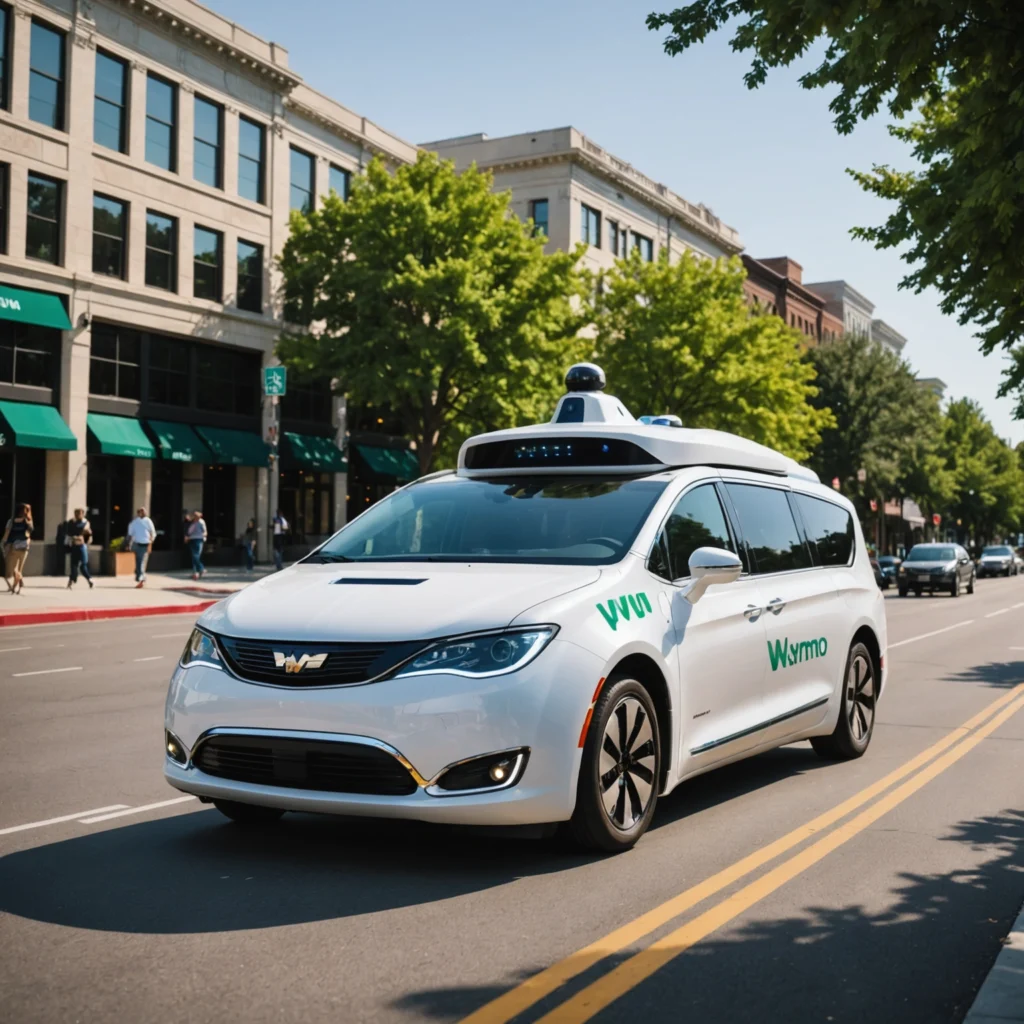
Introduction
In recent years, Waymo’s innovation transformed urban transportation, and now the self-driving giant enters Washington, DC. Moreover, the company launches these services while considering modern city lifestyles and cutting technological edge. Consequently, entrepreneurs, commuters, and enthusiasts experience an exciting new era in mobility. Therefore, the project attracts attention not only from local communities but also from global technology leaders. Furthermore, the company continuously refines its safety protocols and enhances user experiences. In addition, storytellers within the tech arena document each step with enthusiasm and clarity. Hence, the narrative of progress unfolds as we examine each milestone in Waymo’s expansive journey.
Waymo’s Bold Move in Washington, DC
Waymo announced it will start operating in the US capital in 2026, and the news resonates widely. Initially, the company targeted mid-sized cities, but later it shifted focus on metropolitan efficiencies. Additionally, officials praise Waymo’s efforts as they invest in enhanced infrastructure and robust regulatory frameworks. Beyond that, city planners, local business leaders, and tech experts debate the system’s prospective impact on urban mobility and environmental benefits. Therefore, transition plans receive public support. Notably, Waymo’s expansion encourages other companies to innovate further.
Here is a brief numbered list outlining Waymo’s preparation steps:
- Assess community impact through targeted surveys.
- Collaborate with city officials on traffic management.
- Implement rigorous safety and testing protocols.
- Launch pilot projects in selected urban areas.
Each of these measures ensures a smooth transition and streamlined integration with existing transportation frameworks.
Current Robotaxi Operations
Waymo’s robotaxi services already operate successfully, and the company expands gradually. Firstly, the innovative network runs in the Phoenix metropolitan area, which recently emerged as a testing ground. Secondly, San Francisco and its surrounding areas host several pilot projects, signaling high adaptability of self-driving vehicles. Moreover, list features clarify current service highlights:
- State-of-the-art sensor technology.
- Real‑time traffic data integration.
- User-friendly mobile applications for ride scheduling.
- Continuous system updates and performance metrics.
Furthermore, analysts and community members record different experiences that contribute to extensive feasibility studies while regulators monitor evolving safety standards meticulously.
The Future is Now: Expansion Beyond Washington, DC
Waymo’s ambitious drive builds a roadmap that influences multiple cities. In addition, the company outlines future expansions according to rigorous planning and market conditions. Interestingly, a comparative table clarifies new opportunities:
| City | Expected Year | Highlights |
|---|---|---|
| Washington, DC | 2026 | State-of-the-art urban integration |
| New York City | 2027 | High-density logistics and commuter safety |
| Chicago | 2027 | Advanced traffic management features |
Additionally, the table converts statistical insights effortlessly into forecasts that drive public policies. Consequently, community stakeholders and investors adopt innovative models that further validate the readiness of self-driving vehicles on broader scales.
Challenges and Community Reception
Simultaneously, communities exhibit mixed sentiments regarding autonomous rides. Nonetheless, technological breakthroughs yield new employment opportunities, stimulate local economies, and shed light on best practices for safe deployments. Thus, critics examine potential challenges including cybersecurity, interaction with human-driven vehicles, and occasional system uncertainties. Meanwhile, Waymo addresses these aspects by investing heavily in testing procedures and customer outreach programs. Moreover, local governments, transportation experts, and academic institutions collaborate actively to monitor outcomes. As a result, the evolving regulatory framework accommodates diverse perspectives while ensuring compliance with safety standards and ethical practices.
Local Impact and Economic Benefits
Historically, the introduction of disruptive technologies benefits local infrastructures. Consequently, Waymo’s expansion encourages urban renewal projects and increased infrastructural investments. In addition, local communities experience economic benefits such as reduced traffic congestion and improved accessibility to essential services. Furthermore, many local businesses leverage this change to foster innovative partnerships and technological incubators. Indeed, various sectors witness improved efficiency as mobility options increase. Therefore, city officials and businesses incorporate self-driving vehicles into their long-term strategic planning. Afterwards, residents increasingly adopt these services and contribute to economic growth. Hence, communities anticipate that these innovations will lead to fruitful partnerships and proactive regulatory reforms.
Strategic Collaborations and Partnerships
Waymo forms strategic alliances with local governments and industry partners, and these collaborations prove essential. Initially, the company engages with regulatory agencies that supervise autonomous transport. Subsequently, it partners with academic research centers to refine machine learning processes continuously. As a result, Waymo develops a dynamic network that adapts fluidly to policy changes and local conditions. Furthermore, industry experts suggest that comprehensive partnerships stimulate more rapid technological growth. Therefore, Waymo embarks on iterative improvement cycles that optimize service delivery. Also, the company creates detailed contingency plans using both internal resources and external consultations. Collectively, these measures bolster public confidence and drive long-term success.
Technology and Safety Innovations
Waymo prioritizes safety, and engineering teams optimize sensor arrays and navigation systems continuously. In parallel, developers integrate artificial intelligence with real‑time environmental analysis. Consequently, the vehicles distinguish obstacles reliably and manage unpredictable scenarios effectively. Additionally, technological innovations ensure that data security remains a top priority. Moreover, each system update reinforces core performance while maintaining high safety benchmarks. Therefore, reviews and audits contribute to high reliability standards. Similarly, public demonstrations validate these technologies, and independent agencies certify safety practices regularly. Hence, every technological leap generates a reassuring and robust experience for passengers.
Conclusion
In conclusion, Waymo embarks on an ambitious journey that reshapes urban landscapes, and the rapid expansion of driverless rides exhibits exceptional promise. Meanwhile, communities and industry experts celebrate technological milestones while preparing for an era of autonomous travel. Consequently, the company’s expansion plans outline a vision where innovation meets practicality and sustainability. In summary, regulatory bodies, local governments, and tech communities come together, forming a robust network supporting this transformation. Additionally, direct community feedback and continuous market research shape ongoing strategies. Ultimately, Waymo’s proactive approach paves the way for exciting progress and creative collaborations on a national scale.




